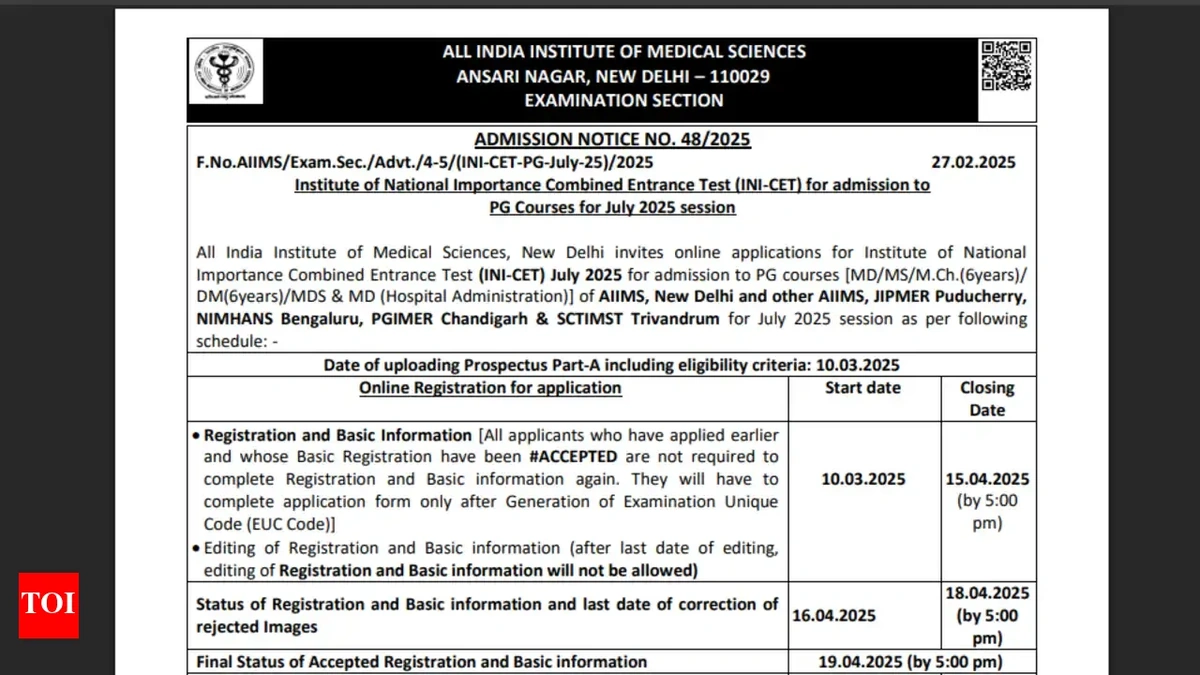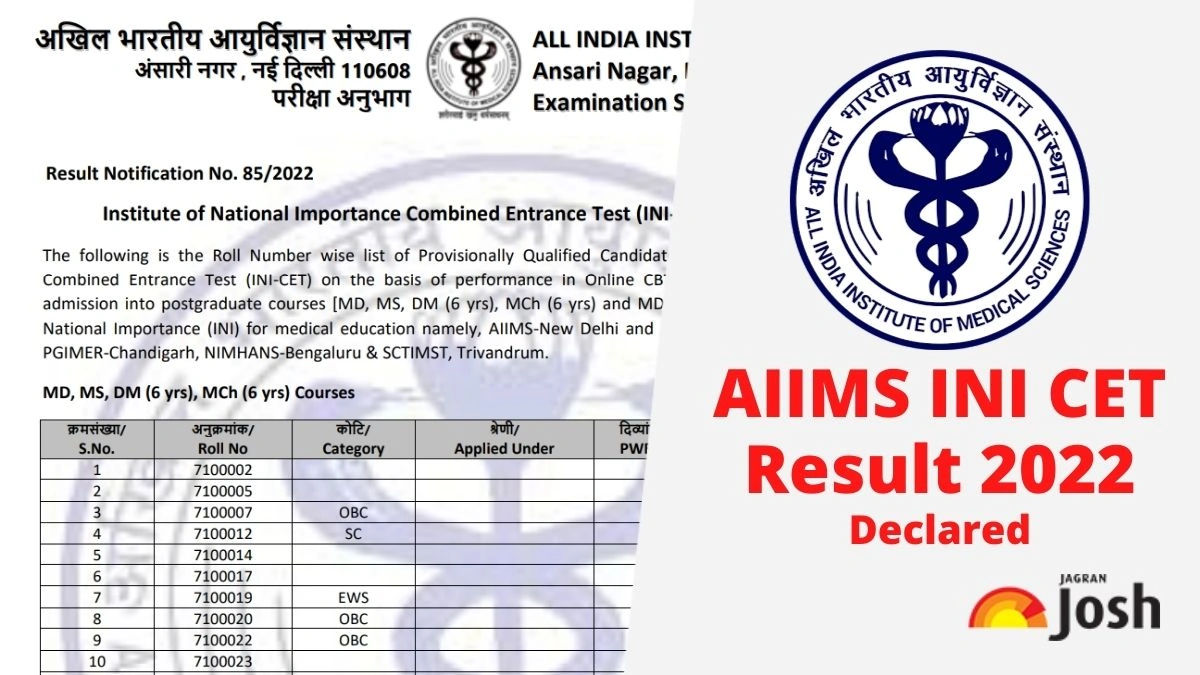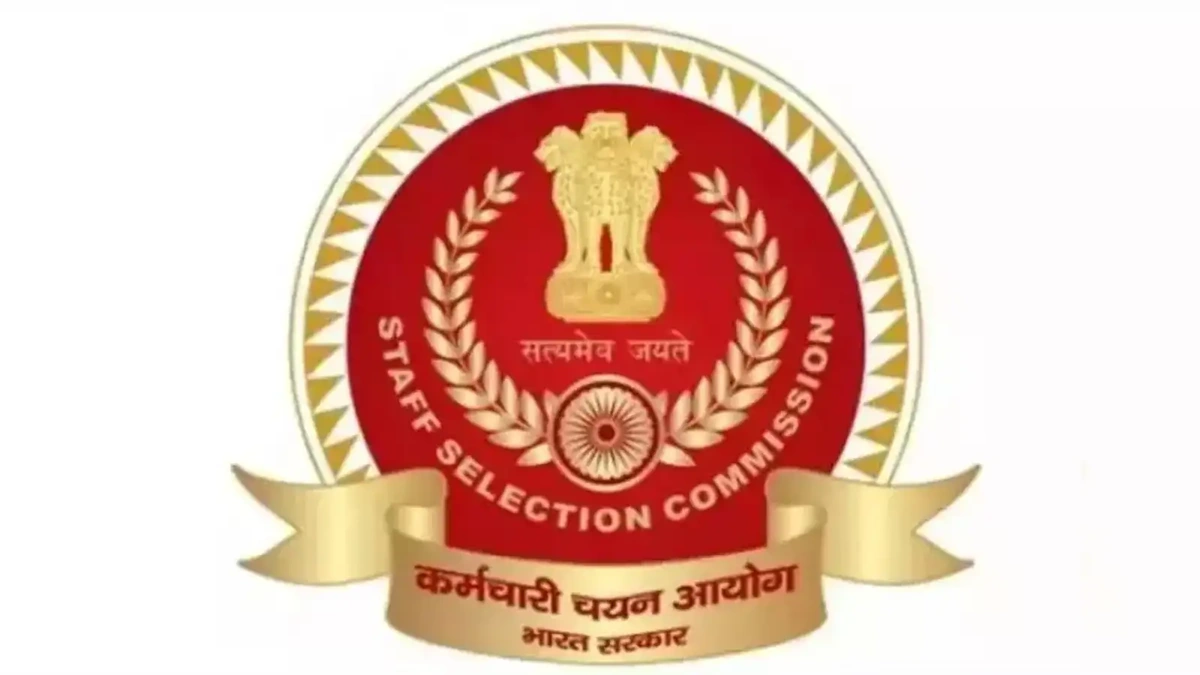Decoding the INI CET | Why This Exam Matters More Than You Think
Okay, let’s be honest. When you first hear about the INI CET, it sounds like just another entrance exam, right? But here’s the thing: it’s not just an exam. It’s the golden ticket to some of the most prestigious medical institutions in India. And understanding the ‘why’ behind it the subtle shifts in the exam pattern, the institutions it unlocks, and what it signals about the future of medical education is absolutely crucial. Forget rote learning for a second; let’s dive deep.
What is the INI CET, Anyway? (And Why Should You Care?)

INI CET stands for the Institute of National Importance Combined Entrance Test. Sounds impressive, doesn’t it? It’s basically the gateway for postgraduate (PG) medical courses – think MD, MS, MCh, DM, and MDS – at institutions declared as ‘Institutes of National Importance’ (INI). We’re talking about AIIMS (all branches!), JIPMER, PGIMER, NIMHANS, and a bunch of other top-tier places. Getting through INI CET exam isn’t just about a seat; it’s about launching your career from a platform that few others get.
But why does this matter so much? Well, these institutes aren’t just any colleges. They’re hubs of innovation, research, and cutting-edge medical practice. Getting a PG degree from one of them opens doors to opportunities you might not even have considered. Think international fellowships, research grants, leadership roles – the sky’s the limit.
The Subtle Shifts: What the Latest INI CET Updates Tell Us
Now, let’s get into the juicy stuff. The INI CET isn’t static; it evolves. The National Medical Commission (NMC) constantly tweaks regulations, and these changes ripple through the exam. What fascinates me is how these changes often reflect broader shifts in the medical field. For example, a greater emphasis on clinical reasoning in the exam questions might indicate a push towards more practical, patient-centered training.
According to the latest notification, expect a greater focus on integrated learning – that is, questions that test your ability to connect concepts across different subjects. This is a big deal! Gone are the days of siloed learning. You need to think holistically. Also, keep an eye on the weighting given to different subjects. Sometimes, they subtly increase the importance of certain areas (like preventive medicine or public health), which tells you where the focus is going in the healthcare sector. Always refer to the official AIIMS Exam website for the most accurate and updated information.
And speaking of updates, make sure you are up-to-date with the INI CET latest updates .
Decoding the Syllabus | Beyond the Textbooks
Let’s be real: the syllabus is vast. It covers everything you learned (or were supposed to learn!) during your MBBS. But here’s the thing: simply memorizing textbooks isn’t enough. You need to understand the underlying concepts and how they apply to real-world clinical scenarios. This is where the ‘why’ comes in again. Don’t just learn the Krebs cycle; understand its significance in metabolic disorders. Don’t just memorize the symptoms of a disease; understand its pathophysiology.
A common mistake I see people make is focusing too much on rote memorization and neglecting clinical application. A better approach? Practice, practice, practice! Solve as many clinical case studies as you can. Participate in mock exams. Discuss challenging cases with your peers and mentors. The more you engage with the material actively, the better you’ll understand it, and the better you’ll perform on the exam. If you are looking for tips on how to crack INI CET , focusing on the core concepts with consistent practice will prove to be helpful.
But remember, the syllabus is just a guideline. The actual exam can throw curveballs. That’s why it’s crucial to develop a strong foundation of knowledge and the ability to think on your feet.
The Emotional Rollercoaster | Managing Exam Anxiety
Let’s address the elephant in the room: exam anxiety. It’s real, it’s common, and it can sabotage even the best-prepared students. That moment of panic when you can’t recall a simple fact – we’ve all been there. The pressure to perform, the fear of failure – it can be overwhelming. But here’s the thing: you’re not alone. Everyone feels it.
So, how do you cope? First, acknowledge your anxiety. Don’t try to suppress it. Instead, accept that it’s a normal part of the process. Second, develop healthy coping mechanisms. This could include exercise, meditation, spending time with loved ones, or pursuing hobbies. Find what works for you and make it a part of your daily routine. Third, focus on what you can control. You can’t control the exam questions, but you can control your preparation. Stick to your study schedule, get enough sleep, and eat healthy meals. A healthy body leads to a healthy mind. Also, effective time management and INI CET preparation tips can significantly contribute to reducing anxiety by improving confidence and preparedness.
And remember, your worth isn’t defined by your exam score. You are more than just a number. Believe in yourself, trust your abilities, and know that you’ve got this.
Want to know more about competitive exams? Check out UP TAC counselling !
Key Strategies for Success | Beyond the Books
Okay, so you know the syllabus, you understand the exam pattern, and you’re managing your anxiety. What else can you do to maximize your chances of success? Here are a few key strategies:
- Prioritize high-yield topics: Some topics are consistently more important than others. Focus your energy on mastering these areas.
- Practice with previous year’s papers: This will give you a feel for the exam format, the types of questions asked, and the difficulty level.
- Join a study group: Collaborating with peers can help you learn more effectively and stay motivated.
- Seek guidance from mentors: Experienced doctors or professors can provide valuable insights and advice.
- Take regular breaks: Burnout is real. Don’t try to cram everything in at the last minute. Take regular breaks to recharge and avoid exhaustion.
Remember, success isn’t just about intelligence; it’s about hard work, dedication, and perseverance. Stay focused, stay positive, and never give up on your dreams. And if you are also preparing for class 10th exams, here’s everything you need to know about the upcoming CBSE board exams.
For more information about the Institutes of National Importance, you can visit Wikipedia’s page .
FAQ Section | Your Burning Questions Answered
Frequently Asked Questions (FAQ)
What if I forgot my INI CET application number?
Don’t panic! Visit the official AIIMS Exam portal and use the ‘Forgot Application Number’ link. You’ll need to provide some basic information to retrieve it.
What documents are required for the INI CET exam?
You’ll need your admit card, a valid photo ID (Aadhar card, PAN card, etc.), and any other documents specified in the official information bulletin.
Can I change my exam center after submitting the application form?
It depends. AIIMS usually allows a window for making corrections to the application form, including changing the exam center, but it’s subject to availability. Keep an eye on the official notifications.
What is the marking scheme for the INI CET?
Each correct answer is awarded one mark, and there is a negative marking of 1/3 mark for each incorrect answer. Unanswered questions receive zero marks.
Where can I find the official INI CET notification?
Always refer to the official AIIMS Exam website (aiimsexams.ac.in) for the most accurate and updated information.
The INI CET isn’t just an exam; it’s a launchpad. It’s a testament to your hard work and dedication, and it’s a stepping stone to a fulfilling and impactful career in medicine. So, embrace the challenge, stay focused, and believe in yourself. The future of medicine is in your hands.













